Art World
Dealer Monique Meloche Is Thriving—Even After a Mega-Gallery Wooed Away Her Biggest Stars. Here’s Why
Meloche discovered stars like Rashid Johnson and Amy Sherald, who now both work with Hauser & Wirth
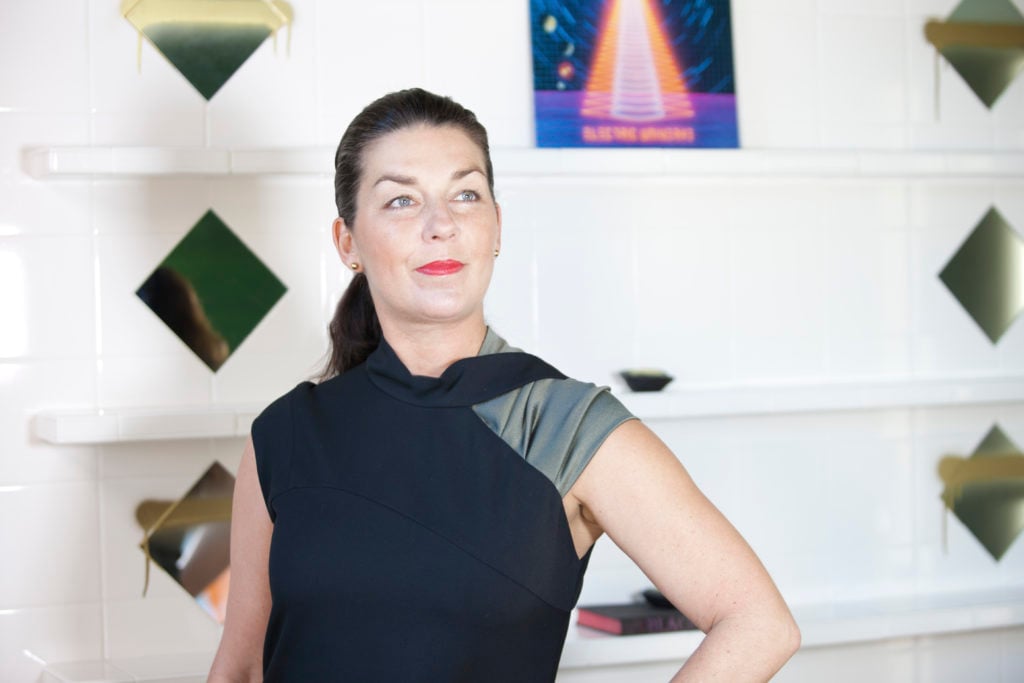
Meloche discovered stars like Rashid Johnson and Amy Sherald, who now both work with Hauser & Wirth

Henri Neuendorf

In the art world today, the middle may be the most awkward place to be. Chicago dealer Monique Meloche—who operates squarely in the tenuous “middle-tier” of the market and in the Midwest—knows very well the pains of being a so-called “feeder” to bigger galleries, who poach star artists after she has nurtured them into maturity.
Meloche built a career on spotting young talent that others overlooked. She worked with Amy Sherald long before the artist painted Michelle Obama’s official portrait earlier this year, and she spotted Rashid Johnson way back in 2002. Both artists have since moved on to work with mega-gallery Hauser & Wirth.
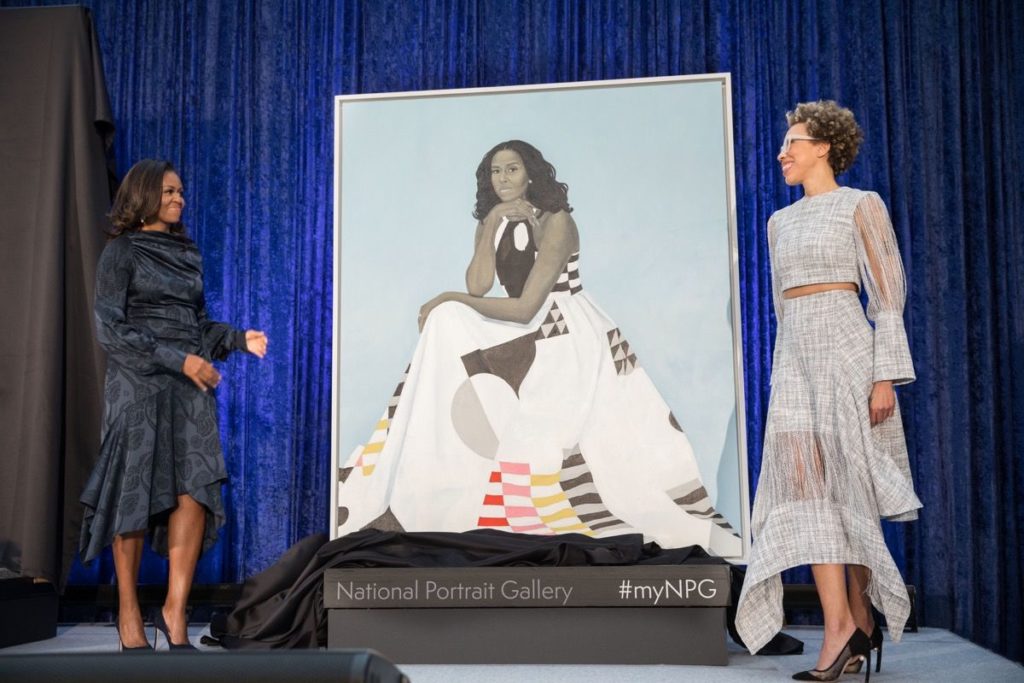
Former First Lady Michelle Obama and artist Amy Sherald at the unveiling of the Obamas’ official portraits at the National Portrait Gallery in Washington, DC, on February 12, 2018. Photo by Pete Souza.
“The biggest problem with mid-size galleries is putting time, energy, and resources into growing young artists who get scooped up by a bigger gallery and then get left behind in the dust,” Meloche said on a recent day at her gallery’s new location in Chicago’s West Town neighborhood.
Nonetheless, Meloche has built her business into one of the top galleries in the city since she opened 18 years ago, and in June, she expanded into the new 4,600-square-foot space.
The key to Meloche’s longevity has been her commitment to challenging work by a diverse roster of artists, Michael Darling, chief curator of Chicago’s Museum of Contemporary Art, told artnet News. “She has a real dedication to showing a very diverse program, especially an ethnically diverse program,” particularly African American artists, Darling said. “Alongside that, there’s a real interest in socially engaged work and art that has a political relevance.”
More than 50 percent of Meloche’s current roster are artists of color, including Sanford Biggers, Nate Young, and Ebony G. Patterson.
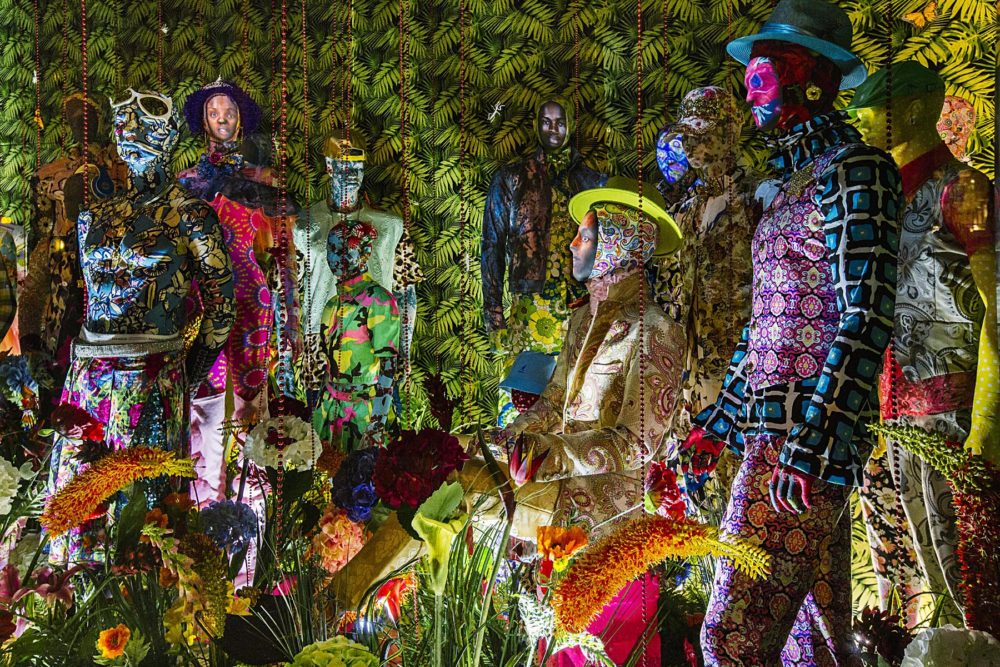
Ebony G. Patterson’s …PRESENCE… (detail). Image courtesy of the artist and Monique Meloche Gallery.
“She’s proven herself as a good spotter of early talent and pinching people when they’re still in the early stages of their careers,” Darling said. “She gives them the boost that gets them to the next level of attention and awareness.”
This dedication has won Meloche loyalty from many of her artists. “So much about the relationship between dealer and artist is about trust, and I’m entrusting her with things that I’ve extensively labored over and deeply care about. We don’t just talk about work, we also have a friendship,” says the artist Ebony G. Patterson. “I can count on one hand the amount of times she hasn’t been able to come to an opening for me, and if she can’t make it it’s because she’s showing up for another artist at the gallery.”
Even some of those who’ve moved on to other galleries have continued to work with Meloche in certain ways. “She really cares about her artists,” says Rashid Johnson. “When you really care about your artists and that is the motivating factor for making decisions, then usually you’re rewarded for that.” For Johnson, that meant doing a solo show with Meloche in 2013, two years after joining Hauser & Wirth. He is also in early talks to contribute work to the gallery’s 20th anniversary project in 2020. (Johnson describes it as “less of a business relationship and more of a close friendship.”)
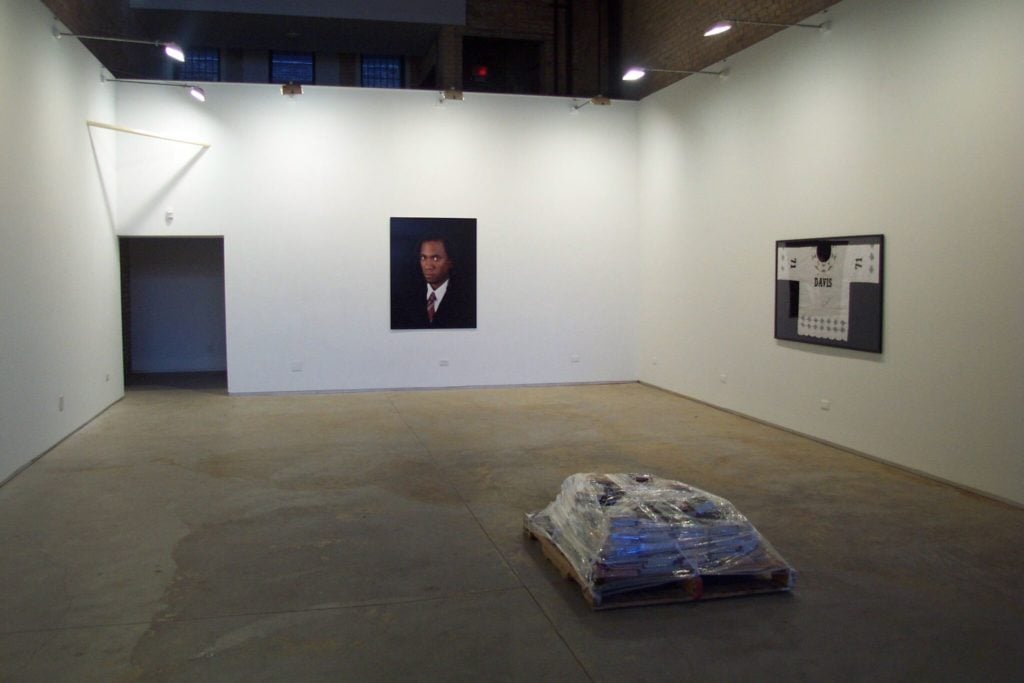
Rashid Johnson, “The Rise and Fall of a Proper Negro” (installation view) (2003). Photo courtesy of Monique Meloche Gallery.
It’s been a long road for Meloche, who grew up in Toronto and later moved to Michigan for college. After attending graduate school at the School of the Art Institute of Chicago, she cut her professional teeth at the Museum of Contemporary Art between 1991—1997, eventually in an assistant curator role.
When opportunities for upward career mobility in the city’s institutional landscape dried up, Meloche cold-called veteran Chicago gallerist Rhona Hoffmann and convinced her over a lunch meeting to bring her on board as a director to freshen up the gallery’s aging program.
After two years with Hoffmann, burgeoning Chicago dealer Kavi Gupta recruited Meloche to oversee the expansion of his growing roster and the opening of a second space in the city. She spent a year and a half there before deciding that the time was right to strike out on her own.
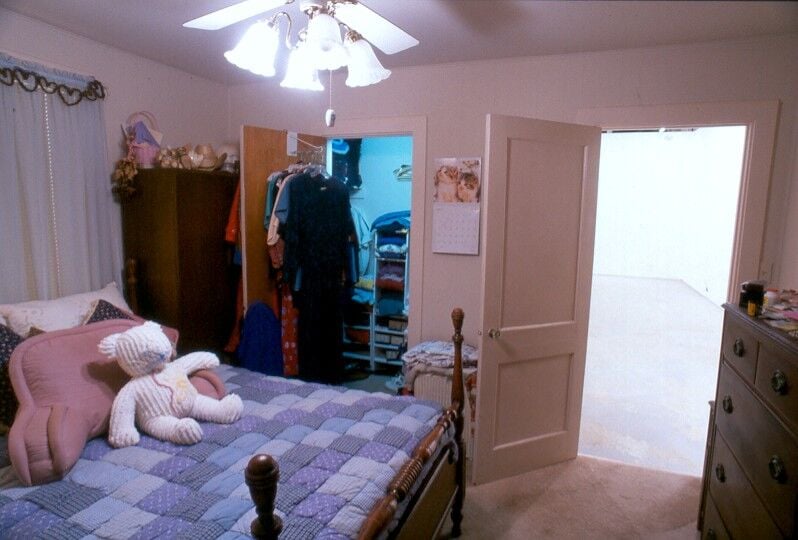
Joel Ross, “I Borrowed My Mother’s Bedroom” (2001) (installation view). Photo courtesy of Monique Meloche.
In October 2000, Meloche started programming exhibitions in her home. She opened her first show, titled “Homewrecker,” which featured more than 90 works of art by 30 artists, installed across all three floors of the house she shared with her husband.
“There was art in every bedroom, every closet,” she recalled. “On opening night, we had 350 people show up, a ridiculous amount.” One of them was the late philanthropist and art collector Lewis Manilow, a founder of MCA Chicago. “He was the very first person in the door, we hadn’t even printed the checklist yet,” Meloche said. “He told me that he was here to support me, and bought two pieces from that opening night. I thought, ‘Alright, this is going to work.’”
Meloche started shopping around for gallery real estate and eventually opened to the public in May 2001, in a small space on Fulton Market in Chicago’s West Loop.
Although it’s not the center of the American art world, Chicago has its advantages, including a small but enthusiastic collector base. “Chicago has a Midwestern feeling of all of us being in it together, and that’s where the success of all of these galleries comes from,” said Larry Fields, a collector and client of Meloche’s for 15 years. “There’s a huge amount of support and backing from the people in the community and that has allowed programs like Monique’s to thrive and grow in a way that they might not have in other cities like New York because of the level of competition.”
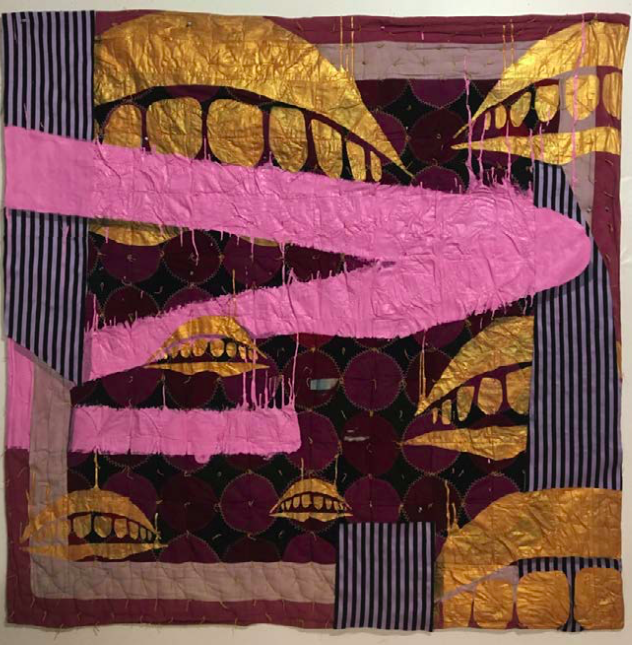
Sanford Biggers, Grip & Grin (2017). Courtesy Monique Meloche, Chicago.
But while she’s proven that a dealer doesn’t have to be on the coasts to succeed, “Monique is part of a fabric of galleries in Chicago that don’t get as much credit as they should for their programs,” Fields said.
Nonetheless, Meloche has carved out a niche for herself in and managed to thrive. In spite of the ongoing threat of mega-galleries poaching her talent, she maintains good working relationships with her artists past and present. Although Hauser & Wirth announced its representation of Sherald in May, Meloche says she is still working with the artist on her institutional program and has collaborated on forthcoming exhibitions at the Crystal Bridges Museum, the Spelman Museum of Art, and the Baltimore Museum of Art.
“I’ve been very fortunate,” she says.